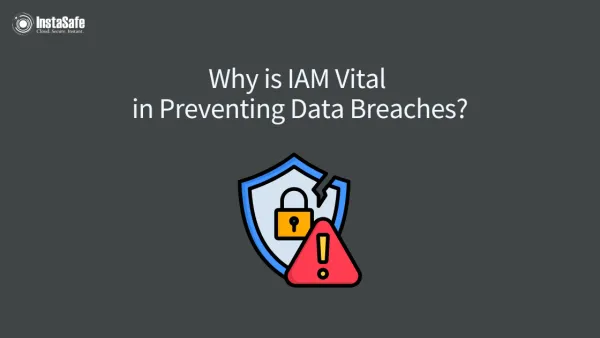Over the last few years, the remote work culture has gained a lot of traction. Today, employees work from multiple places, from offices and homes to client sites and even coffee shops. Not just that, they often use multiple devices, such as laptops, phones, tablets and so on.
This creates

